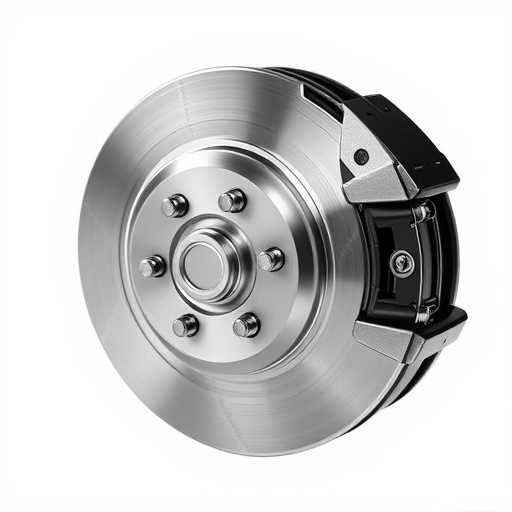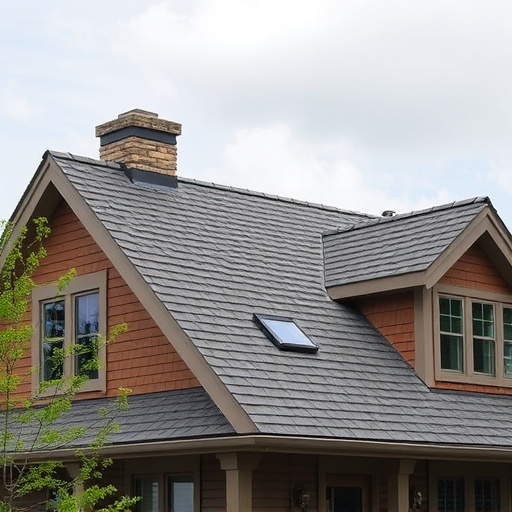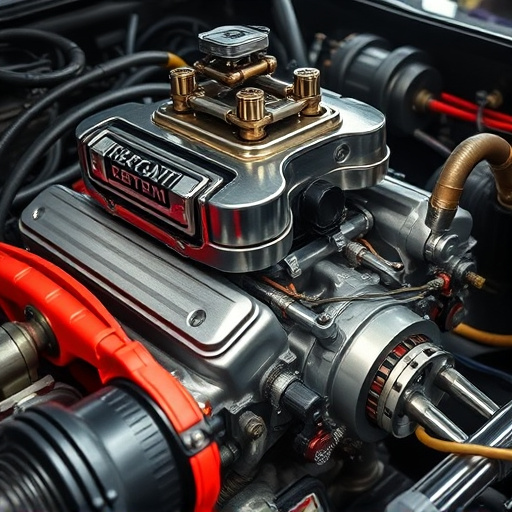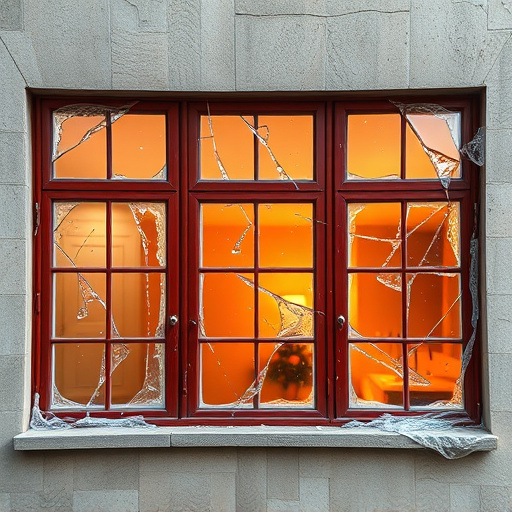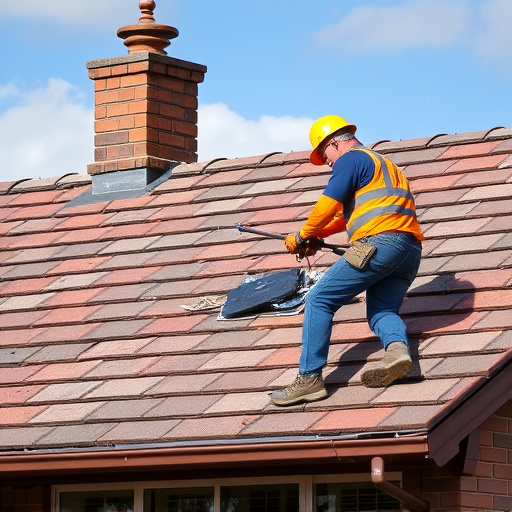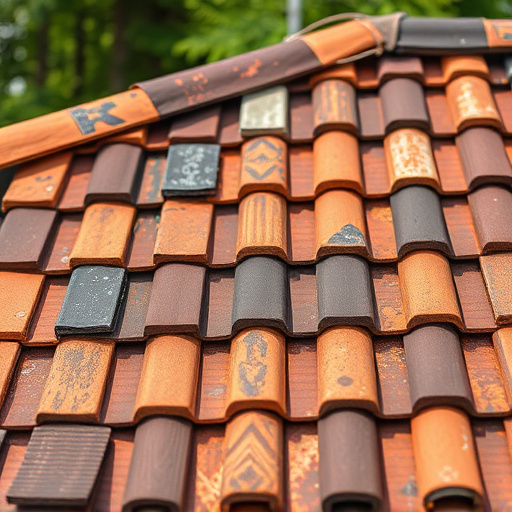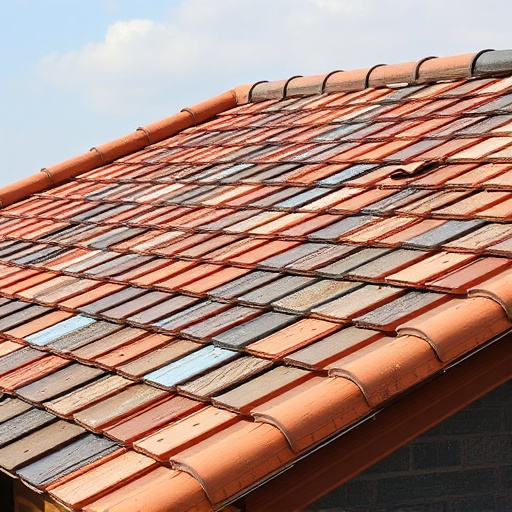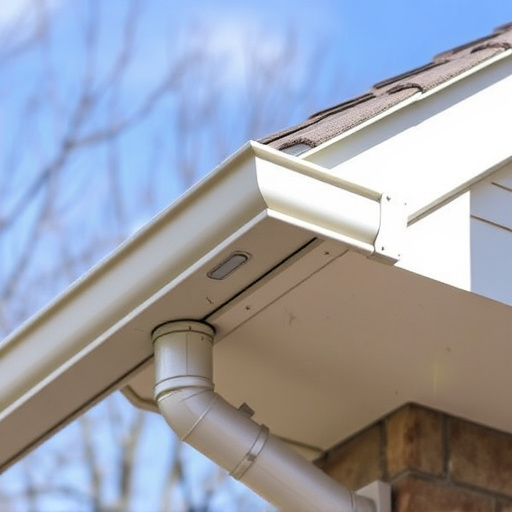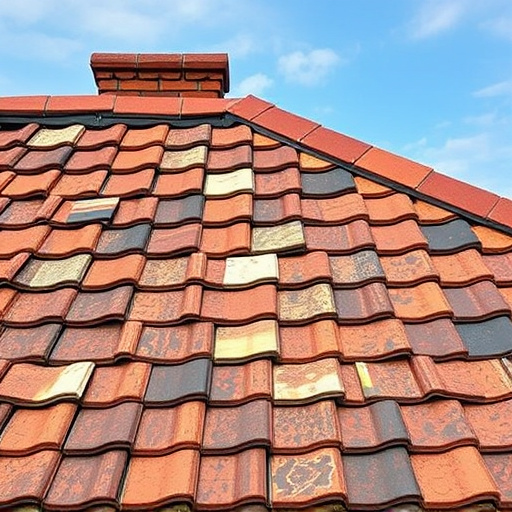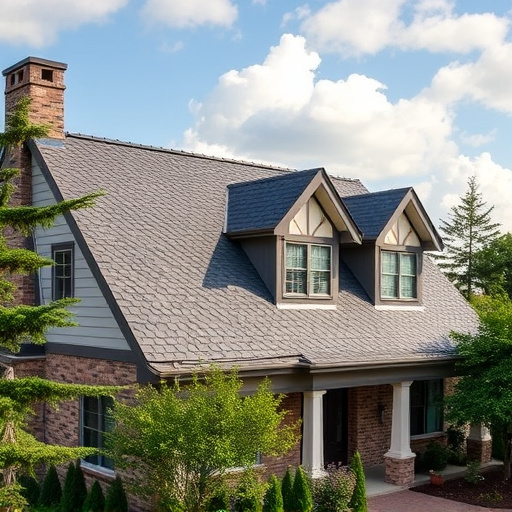Precise measuring and cutting of siding panels, secure edge fastening with brackets or mechanical fasteners, and meticulous sealing of joints and edges ensure a durable and aesthetically pleasing siding install (siding install). Specialized tools facilitate accurate cuts around corners, maintaining professional results. Proper sealing prevents moisture intrusion, addressing future roof repair needs.
When installing siding, proper handling of corners and edges is crucial for a professional finish. This comprehensive guide delves into the essential techniques for achieving a seamless look. From precise measuring and cutting for an exact fit, to secure edge fastening methods, and best practices for flawless corners, we cover it all. Whether you’re a seasoned pro or a DIY enthusiast, these tips will ensure your siding install is top-notch, enhancing your home’s curb appeal.
- Measuring and Cutting Siding for Precise Fit
- Effective Techniques for Secure Edge Fastening
- Best Practices for Corners: Seamless Finish
Measuring and Cutting Siding for Precise Fit
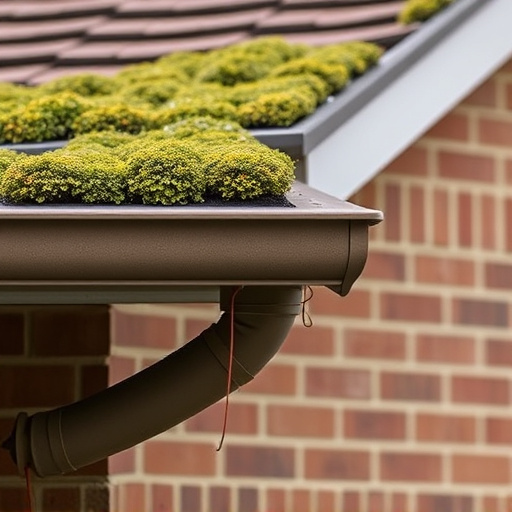
When installing siding, achieving a precise fit around corners and edges is crucial for both aesthetic appeal and structural integrity. Before cutting any material, meticulous measuring is paramount. Take measurements from the existing surface or the previous course of siding to ensure continuity. Utilize a tape measure and mark key points, especially at intersections and corner locations. This detailed approach forms the foundation for a professional-looking finish.
Once measured, cut your siding panels with care using appropriate tools, such as a circular saw or table saw. Ensure safety precautions are in place, including protective gear. Cut the panels to match the unique shapes of corners and edges while maintaining the required dimensions. This meticulous process is a key step in achieving seamless roofing solutions and ensuring your home exterior services provide a durable, attractive finish.
Effective Techniques for Secure Edge Fastening
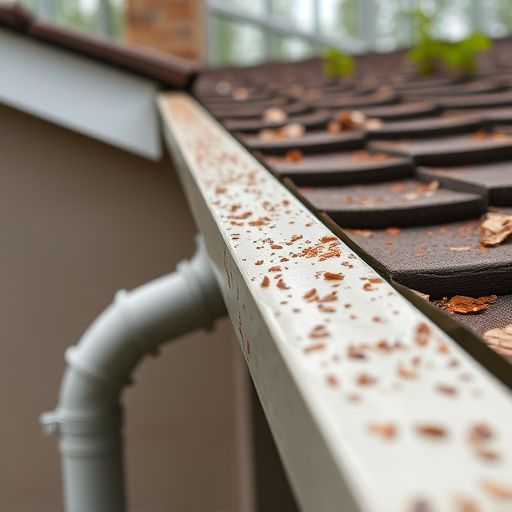
When installing siding, ensuring secure edge fastening is a critical step to achieve a durable and aesthetically pleasing finish. There are several effective techniques to master this aspect of the process. One widely adopted method involves using specialized brackets or clips that grip the siding firmly at the edges, providing a solid base for the entire panel. These brackets should be properly spaced and securely fastened to the underlying structure, creating a robust connection that withstands the test of time.
For commercial siding installations or roof repair scenarios where precision is paramount, mechanical fasteners like staples or nails can be employed. When using these, it’s crucial to follow recommended spacing guidelines to prevent damage to the siding material while ensuring a tight seal at the edges. Additionally, sealing the joints and edges with appropriate caulk further strengthens the installation, preventing water intrusion and promoting long-term integrity in both residential and commercial siding repairs.
Best Practices for Corners: Seamless Finish
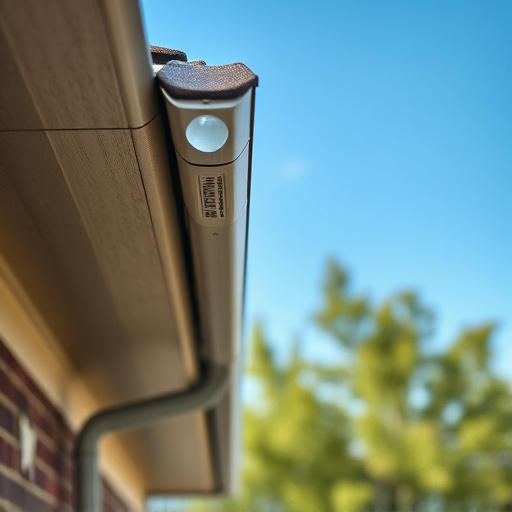
When installing siding, achieving a seamless finish around corners and edges is essential for both aesthetics and durability. One of the best practices to ensure this is using the right tools and techniques. For tight corners, specialized tools like tin snips or a utility knife can help cut materials precisely, allowing for clean and accurate fits. This precision is crucial when working with professional siding, as even minor gaps can compromise the overall look and protectiveness of the final product.
Additionally, utilizing proper mastic or caulk to seal joints and edges is vital. This step ensures water tightness and prevents moisture from seeping in, which could lead to roof repair issues over time. A roof consulting expert often recommends applying a bead of mastic along each joint before installing the siding, then sealing any gaps afterward with high-quality caulk. Such meticulous attention to detail helps guarantee a long-lasting, seamless finish for your siding install project.
When installing siding, paying meticulous attention to corners and edges ensures a professional, durable finish. By measuring and cutting panels accurately, utilizing secure fastening techniques along edges, and employing best practices for corners, you can achieve a seamless, long-lasting siding install that enhances your home’s curb appeal. These strategies empower you to navigate the intricacies of exterior cladding with confidence, transforming your property into a stunning showcase.
